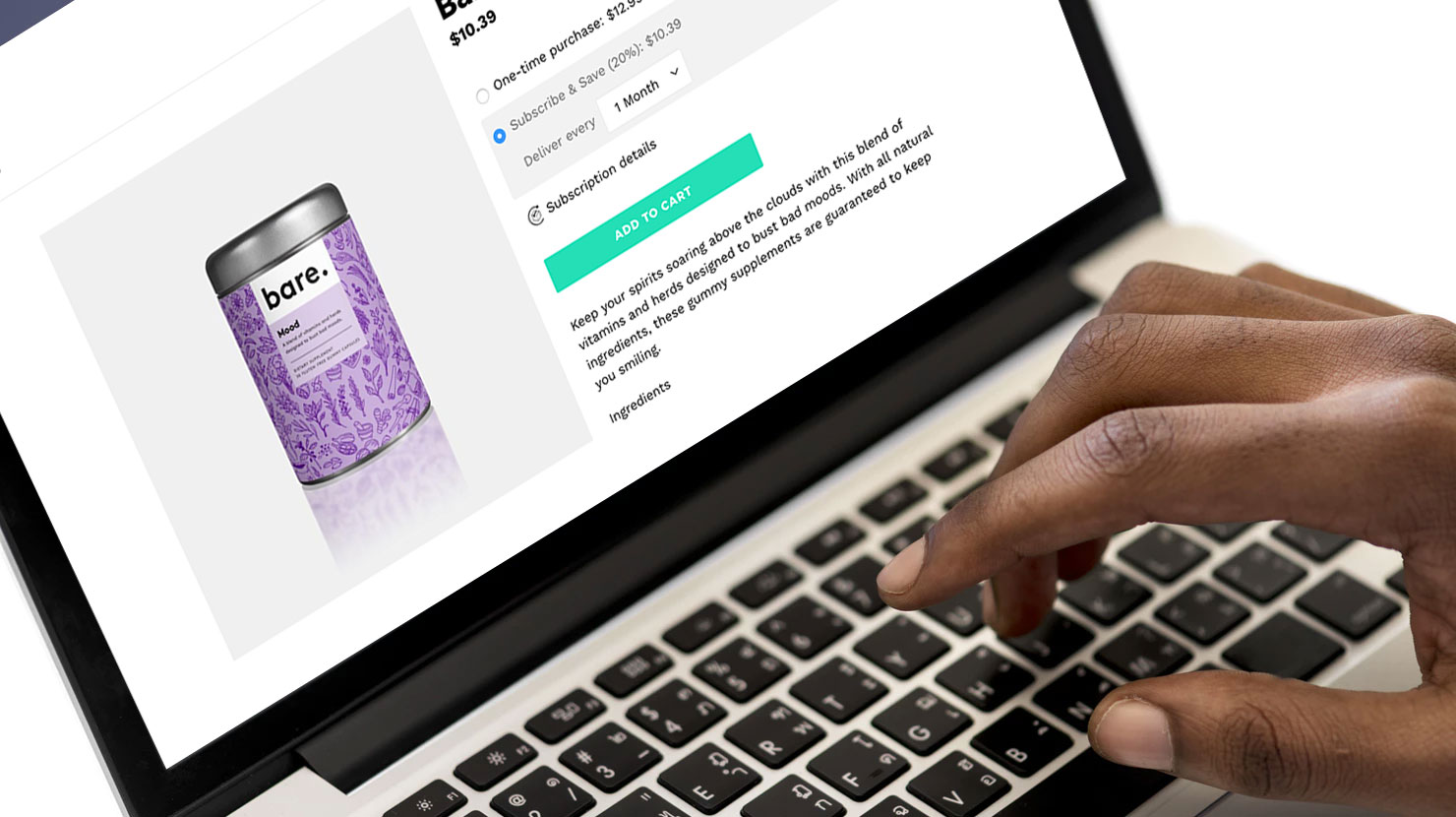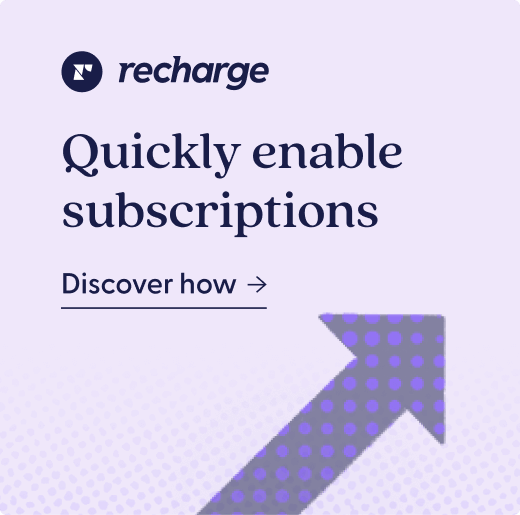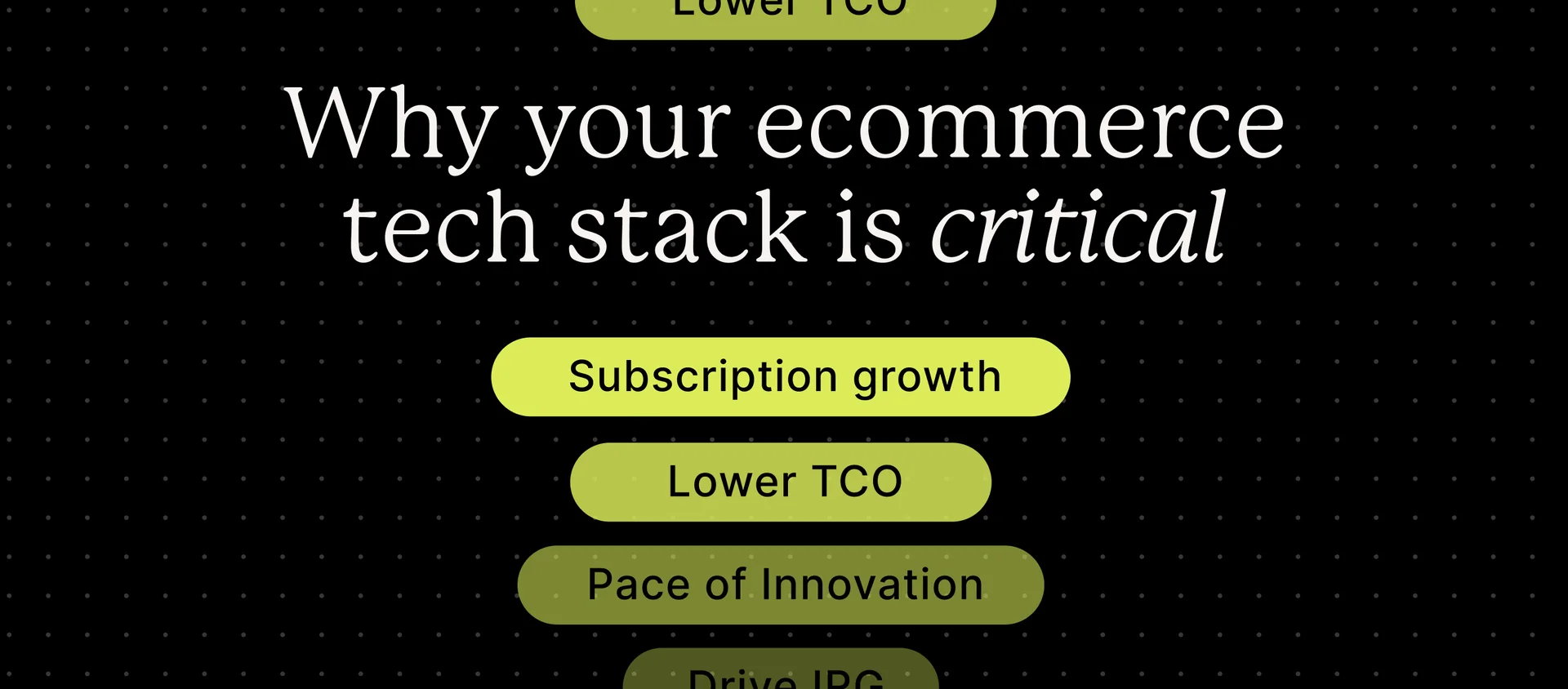You’ve probably heard the term ‘subscription economy’ floating around for some time now. But do you know what it means (or how it impacts your work at an agency?)
If not, you’re in the right place.
In this post, we’re taking a deep dive into what every agency needs to know about the subscription economy. Let’s jump right in.
What is the subscription economy?
First of all: We need to understand what the subscription economy is.
The term ‘subscription economy’, coined by Zuora’s CEO Tien Tzuo, encompasses the changing consumer mindset around buying behaviors — and the shift to a subscription-based marketplace.
We’re essentially talking about a disruption in the business landscape in which customers pay interval-based subscription payments or opt into automatically refillable products (think cat litter, groceries, etc.) rather than using the traditional pay-per-product model.
Subscriptions have already started evolving within their short history. What started as a renting relationship (think ZipCar, Netflix, etc.) lead to membership models (like Amazon Prime and Dollar Shave Club). Today, the subscription economy means many different things.
The Zuora website explains the subscription economy like this:
“At the heart of the Subscription Economy® is the idea that customers are happier subscribing to the outcomes they want, when they want them, rather than purchasing a product with the burden of ownership.”
Along with the overall shift in customer experience it brings, there are some unique benefits to the subscription model as well:
- Sustainability: Recurring revenue helps add stability to businesses
- Long-term relationships: Regular, automated purchases organically foster a long-term relationship between brands and customers that drive loyalty
- Predictability: This model helps companies make more accurate growth predictions, forecasts, and predictions around performance metrics
- Flexibility: More adaptable to customers’ wants and needs
With this background information as a foundation, let’s next look at how the subscription economy has evolved over the past couple of years.
How the subscription economy has evolved
One of the major themes over the past several years around subscriptions is Growth.
From increasing consumer adoption to the diversification of the subscription marketplace, there has been explosive growth across the board. Let’s look more specifically at a few areas of expansion within this realm.
1. Global expansion
As the interest and demand for subscription-based products continues to rise, more and more brands are introducing international programs for customers around the world, thus fueling subscription-based commerce on a global scale. Dollar Shave Club recently expanded into the UK, and others are soon to follow.
The reason: Data shows customers are buying subscription products — and they plan to continue to do so. In one instance, Statista research showed that 51% of women said they are either very likely or fairly likely to buy a beauty box subscription within the next 12 months.
2. Leveraging data
In recent years, we’ve also seen more brands in the subscription landscape leveraging the rich customer data they collect through subscription-based purchases for more personalized ongoing marketing efforts.
This is a wise approach, as eConsultancy data shows 74% of marketers say targeted personalization increases customer engagement. Personalization can also improve success rates around upselling and increasing average order value, while also driving re-engagement campaigns.
Big brands like Spotify, Macy’s and even The New York Times are seeing success with these efforts. Macy’s saw a 14% increase in click-through rate after sending a personalized email to subscribers based on their engagement levels, for example.
3. Changing customer demands
Demands of modern customers are evolving at a quick pace — and are quite different from what consumers have traditionally asked for from brands and companies.
For one thing, they want more flexibility and more purchase options around products and services. Data shows 80% of customers want new consumption models like subscriptions or sharing, which is a divergence from the classical pay-per-product or pay-per-service model.
This shift is evidenced by the rapid pace of growth around subscriptions. Forbes reported that in recent years subscriptions grew nine times faster than S&P 500 companies (15.1% vs. 1.7% on average).
What’s happening now with subscriptions
Maybe at this point you’re wondering, “Okay, so what’s happening in the subscription economy right now?”
Growth is still a top theme within this environment — and it doesn’t appear to be slowing down, either. Reports show that subscription-based products have grown by more than 100% a year for the past five years, and that they have generated more than $2.6 billion total in sales.
This upward trajectory is fueled by mass global consumer adoption. In fact, data indicates four of every five people in the UK have at least one subscription service, making subscriptions the norm rather than the exception.When we pause to think about how common subscriptions have become in our daily lives, this continued growth isn’t all that surprising. Long-term membership models like Amazon Prime now have more than 100M paid subscribers, according to a recent SEC report from the company.
We’ve also grown familiar with subscription-based products like Spotify for music streaming, food delivery through companies like Blue Apron, learning products like Lynda.com, and many more.Ecommerce brands are taking note of this shift within the marketplace and are finding new ways to integrate subscriptions and membership models into their own businesses, too.
Brands like Freshly Picked, for example, have introduced membership models in which members pay a monthly subscription fee for early access to products, free shipping year-round, percentage-off discounts, and a monthly store credit.
But all of this good news around subscription growth comes with a unique set of challenges, too. As companies work hard to introduce new subscription-based products and services, they’re faced with challenges such as:
- Conversion for monthly commitment: Getting buy-in from new subscribers who are uncertain about the monthly commitment
- Customer retention: Retaining customers and reducing churn for stable, long-term growth (rather than regular turnover, which drives down lifetime value of a customer)
- Customer satisfaction: Once customers are attained, maintaining a high level of customer satisfaction so they don’t opt-out of a subscription and/or share their poor experiences online
And many companies are doing these things in an extremely effective way. Next, let’s look at a few different companies who do subscriptions well.
Companies That Do Subscriptions Well
There are many, many companies that succeed in the subscription economy, but we’re going to look at a few different examples in particular from brands who are seeing success and rapid growth.
Run Gum
RunGum, a subscription-based product, offers customers a unique solution to low energy with their selection of flavored energy gums, as well as accessories and apparel for active athletes.
What they do well:
- Showcase customer reviews and star ratings on the product page
- Offer subscribe & save options to encourage recurring subscription revenue
- Ability to modify/change subscription schedule
Pusheen Box
PusheenBox sells merchandise around the popular cartoon Pusheen on a subscription basis, offering exclusive products to subscribers on a seasonal basis.
What they do well:
- Offer both quarterly and annual subscription packages
- Offer subscribers exclusive products you can’t get elsewhere on the internet
- International shipping available for global reach
Hubble
Hubble is a contact lens subscription service that allows customers with a valid prescription to skip the eye doctor’s office and order contacts online.
What they do well:
- Free offer to minimize risk and uncertainty for first-time customers (first box free)
- $1 per day cost breakdown
- Adjustable subscriptions that fit customer needs
Lola
Lola is a female-led company that sells organic feminine hygiene and reproductive care products on a subscription basis.
What they do well:
- Allow for customization of subscription boxes for greater customer control
- Adjustable delivery schedules to suit customers’ needs
- Discounts for increased order volume
While their offerings are wildly different, take note of a common theme that all of these successful subscription companies share: A simple, clear value proposition paired with a low-risk free trial and flexible subscription billing.
Mikkeller
Mikkeller is a German company that exports microbrewed beer to 40 different countries and is internationally acclaimed as one of the most innovative and cutting edge breweries in the world. Along with a wide variety of beer, wine, and spirits, they offer also offer monthly subscription boxes.
What they do well:
- Handpicked selection of product each month with an element of surprise, good for new product discovery
- Adjustable delivery schedule option
- On-page video for rich context
How to succeed in the subscription economy as an agency
Now that we know how things work on the merchant side of things, let’s move on now to talk more specifically about how agencies fit into this equation. For agencies, there are many different ways to serve merchants entering (or perfecting) their subscription-based approach. Here are a few different ways agencies can succeed in this marketplace.
Integrations
Merchants often need help setting up integrations between the different tools and software they use to run their businesses. Doing this allows them to leverage data and automation for smarter, more efficient workflows, so helping them connect and seamlessly tie together tools is important for optimal business operations.
Custom development
Not all subscription experiences are equal — some are straightforward but others, like the Lola example above, come with a new set of challenges like reporting, customizing the subscription management tool for end users, or even building a user experience that’s never been done before! The knowledge and ability to be flexible in this department makes developer or creative agencies valuable assets for higher volume merchants in the subscription marketplace.
Migrations
As merchants switch ecommerce platforms (and the tools they use along with them), they’ll likely need help transitioning from point A to B. Helping minimize risk and complexity around things like customer churn prevention during the migration process is a huge benefit to the merchant that’s concerned about data loss and needs a bit of hand-holding. This is an opportunity for agencies to help safeguard merchants against creating nightmares for their customer support teams.
Consulting
Merchants may need expert insight on things like customer service improvements, post-purchase upselling to increase LTV, or how to encourage subscriptions over one-time purchases. If you understand customer behaviors (like the desire to be able to skip a delivery/pause a subscription rather than cancel and then purchase a new subscription, for example) consulting on best possible approaches can be another value-add for merchants.
Data analytics
It’s also important to understand key subscription metrics like churn, LTV, and CAC so that you can accurately advise merchants on best practices and approaches that drive positive results. Think about what additional data analytics you can leverage as well: shopper behaviors on their website, customer behavior in managing their subscriptions, general customer experience improvements, etc.
Marketing expertise
Expertise around subscription-based marketing tactics is another valuable opportunity for agencies to capitalize upon within the subscription marketplace. Insights around email marketing (e.g., drip campaigns for new subscribers), social media advertising, and other marketing tactics that reduce cost per customer acquisition are what merchants need to know when it comes to subscriptions.
The Future of the Subscription Economy
The future of the subscription economy is a bright one.
Here are a few trends in particular that stand out and are things to watch for on the horizon:
1. Based on current trends and predictions, we can expect to see continued growth around subscription products as well as greater utilization of the subscription model in B2B and B2C (via cloud-based services, recurring product shipments, etc.)
2. In the world of ecommerce, it’s likely we’ll also see continued expansion around omni-channel commerce and subscriptions across selling platforms as well, along with martech advancements with increased interconnectivity and automation.
3. We’ll also likely see an increasing expectation for personalization and customization, as customers will continue to seek out a tailor-made experience rather than a one-size-fits all approach when it comes to retail.
Above all, the growth trajectory for this market doesn’t seem to be slowing down anytime soon — so we can expect to see increased competition around this recurring revenue model as more retailers and merchants find ways to introduce subscription-based products. As such, this presents a major opportunity for agencies.
Interested in learning more about how to succeed as an agency in the subscription economy? Check out our Partner Resources for helpful guides and resources, to find out about upcoming events, and to get top-tier insights into the subscription marketplace.



